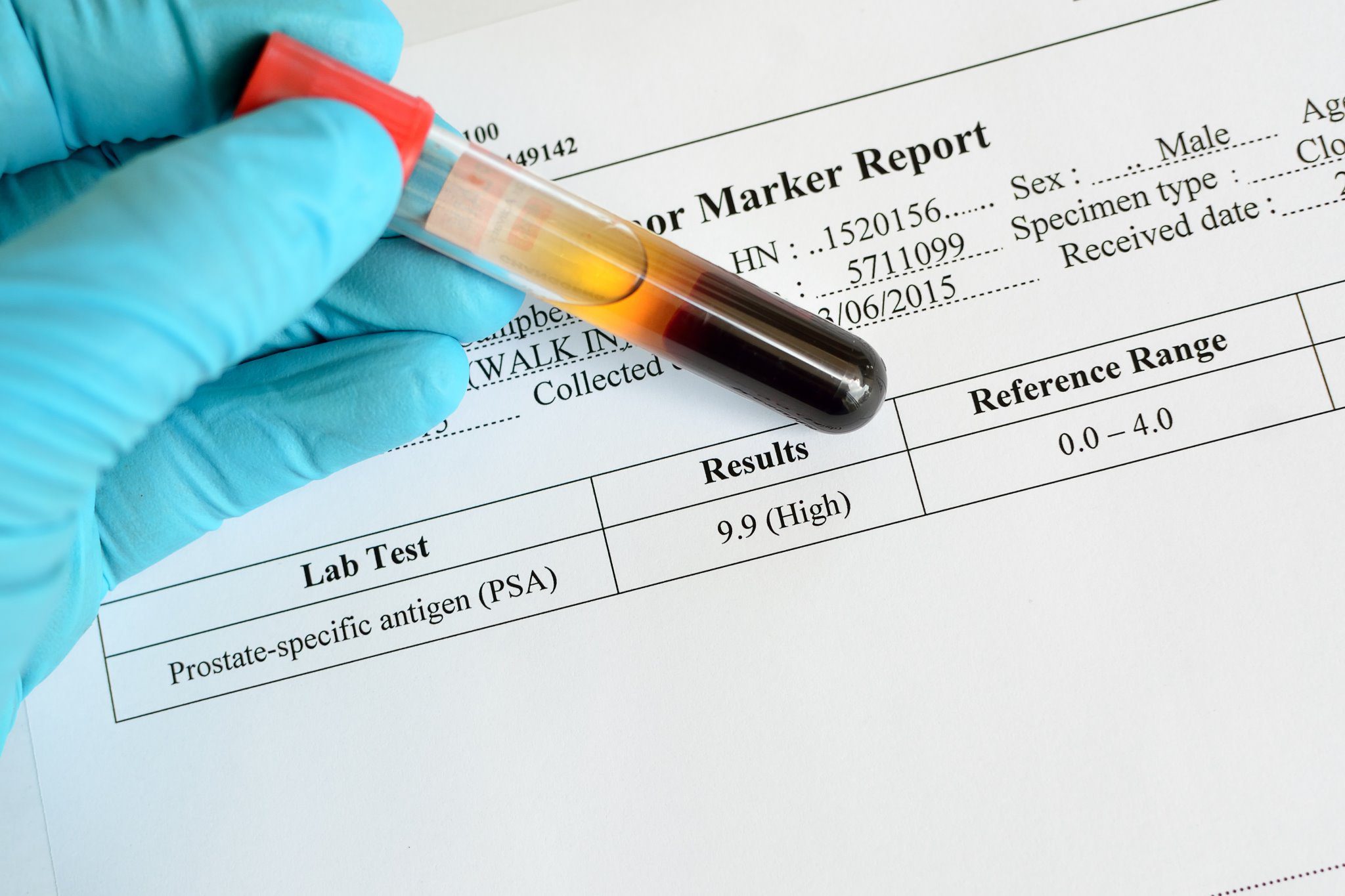Prostate cancer is one of the most common cancers among men worldwide. While it is a significant health concern, advances in early detection and treatment have improved survival rates. Prostate cancer screening is a crucial tool in identifying the disease in its early stages when it is most treatable. In this article, we will explore prostate cancer screening, its benefits and risks, the various screening methods available, and the importance of informed decision-making.
Understanding Prostate Cancer
The prostate is a small gland that plays a vital role in male reproductive health by producing seminal fluid. Unfortunately, it is also susceptible to cancerous growth. Prostate cancer occurs when cells within the prostate gland mutate and multiply uncontrollably. This can lead to the development of tumors, which, if left untreated, can spread to other parts of the body.
Benefits of Prostate Cancer Screening
- Early Detection: The primary benefit of prostate cancer screening is the early detection of the disease. When prostate cancer is identified in its early stages, it is often confined to the prostate gland, making it more treatable and associated with better outcomes.
- Improved Survival Rates: Early detection and treatment can significantly improve survival rates. Many men diagnosed with localized prostate cancer can expect to live for many years after treatment.
- Treatment Options: Detecting prostate cancer early provides individuals with a wider range of treatment options, including surgery, radiation therapy, hormone therapy, and active surveillance. The choice of treatment depends on the stage and aggressiveness of the cancer.
Risks and Controversies Surrounding Prostate Cancer Screening
While prostate cancer screening has clear benefits, it is not without its risks and controversies:
- False Positives: Prostate-specific antigen (PSA) testing, a common screening method, can yield false-positive results. This may lead to unnecessary anxiety, follow-up tests, and even unnecessary treatments, with potential side effects.
- Over-diagnosis and Over-treatment: Prostate cancer is often slow-growing, and not all cases require immediate treatment. Screening may detect cancers that would never cause harm during a man’s lifetime, leading to overtreatment with associated risks and side effects.
- Side Effects of Treatment: Treatments for prostate cancer, such as surgery and radiation therapy, can result in side effects like urinary incontinence, erectile dysfunction, and bowel problems. It is crucial to weigh the potential side effects against the benefits of treatment.
- Controversy Surrounding PSA Testing: There is ongoing debate about the utility of PSA testing for routine screening. Some medical organizations recommend shared decision-making between patients and healthcare providers to consider the potential risks and benefits of testing.
Prostate Cancer Screening Methods
 Several methods are used for prostate cancer screening, with the most common being:
Several methods are used for prostate cancer screening, with the most common being:
- Prostate-Specific Antigen (PSA) Test: This blood test measures the level of PSA, a protein produced by the prostate gland. Elevated PSA levels can be indicative of prostate cancer, but they can also result from other conditions like benign prostatic hyperplasia (enlarged prostate) or infection.
- Digital Rectal Examination (DRE): During a DRE, a healthcare provider inserts a gloved, lubricated finger into the rectum to feel for abnormalities in the prostate gland. This method can detect changes in the gland’s size, texture, or shape.
- Prostate Imaging: Advanced imaging techniques like magnetic resonance imaging (MRI) and transrectal ultrasound (TRUS) may be used to visualize the prostate and assess for abnormalities. These methods can provide detailed images for further evaluation.
- Genetic Testing: Genetic tests, such as the Prostate Health Index (PHI) and the 4Kscore test, combine PSA measurements with other factors like age and genetics to provide a more accurate assessment of prostate cancer risk.
Informed Decision-Making
Given the benefits and potential risks associated with prostate cancer screening, it is essential for men to make informed decisions about whether to undergo screening. Here are some key considerations:
- Age and Risk Factors: Discuss your age and risk factors with your healthcare provider. Screening recommendations may vary based on your age, family history, and overall health.
- Shared Decision-Making: Engage in shared decision-making with your healthcare provider. They can help you understand the pros and cons of screening, consider your individual risk factors, and make an informed choice that aligns with your values and preferences.
- Discuss Potential Outcomes: Before undergoing screening, have a conversation with your healthcare provider about potential outcomes. What will happen if your PSA levels are elevated, or if abnormalities are detected during a DRE or imaging? Understanding the next steps in the diagnostic process is crucial.
- Consider the Psychological Impact: Screening results, especially when they indicate a potential issue, can have a significant psychological impact. Consider how you will cope with the emotional aspects of screening, including anxiety and uncertainty.
- Regular Follow-Up: If you choose to undergo screening and receive normal results, it is essential to discuss a follow-up plan with your healthcare provider. Regular screenings may be recommended based on your risk profile.
- Lifestyle Factors: Lifestyle factors, such as diet and exercise, can influence your risk of prostate cancer. Maintaining a healthy lifestyle, including a balanced diet and regular physical activity, can contribute to overall health.
Prostate cancer screening is a valuable tool for early detection, but it comes with benefits, risks, and considerations that individuals must weigh carefully. It is crucial for men to engage in open and informed discussions with their healthcare providers, considering their age, risk factors, and individual preferences. Ultimately, the decision to undergo prostate cancer screening should be a shared one, aligning with the individual’s values and priorities. Regular communication with healthcare providers and adherence to recommended follow-up care is essential for managing prostate health effectively.



 Several methods are used for prostate cancer screening, with the most common being:
Several methods are used for prostate cancer screening, with the most common being: After your prostate screening exam, you will receive results that indicate your PSA level and the findings from the DRE. It’s essential to understand what these results mean:
After your prostate screening exam, you will receive results that indicate your PSA level and the findings from the DRE. It’s essential to understand what these results mean:
